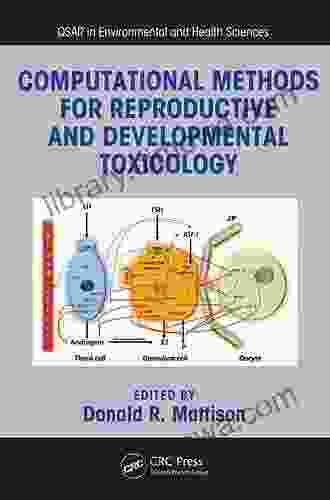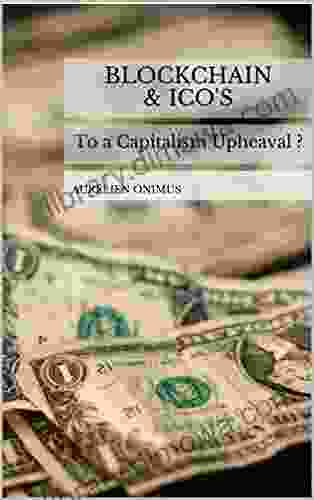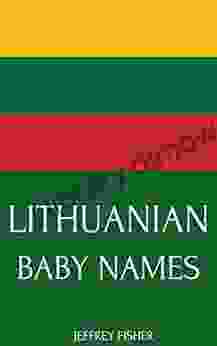Computational Methods For Reproductive And Developmental Toxicology Qsar In: Your Guide to Computational Toxicology

Computational methods are rapidly transforming the field of reproductive and developmental toxicology. These methods can be used to predict the potential toxicity of chemicals, identify mechanisms of action, and develop safer alternatives.
This book provides a comprehensive overview of the computational methods that are currently used in reproductive and developmental toxicology. It covers a wide range of topics, including:
5 out of 5
| Language | : | English |
| Hardcover | : | 274 pages |
| Item Weight | : | 1.19 pounds |
| Dimensions | : | 6 x 0.63 x 9 inches |
| File size | : | 12696 KB |
| Screen Reader | : | Supported |
| Print length | : | 344 pages |
* Quantitative structure-activity relationships (QSARs) * Machine learning * Systems biology * High-throughput screening * Adverse outcome pathways
The book is written by leading experts in the field, and it is essential reading for anyone who is interested in the use of computational methods in reproductive and developmental toxicology.
Chapter 1: to Computational Toxicology
This chapter provides an overview of the field of computational toxicology, including its history, current applications, and future prospects. It also discusses the challenges and opportunities associated with the use of computational methods in toxicology.
Chapter 2: QSARs in Reproductive and Developmental Toxicology
QSARs are mathematical models that can be used to predict the toxicity of chemicals based on their structure. This chapter provides an overview of the different types of QSARs that are used in reproductive and developmental toxicology, as well as their strengths and limitations.
Chapter 3: Machine Learning in Reproductive and Developmental Toxicology
Machine learning is a type of artificial intelligence that can be used to learn from data. This chapter provides an overview of the different types of machine learning algorithms that are used in reproductive and developmental toxicology, as well as their strengths and limitations.
Chapter 4: Systems Biology in Reproductive and Developmental Toxicology
Systems biology is the study of complex biological systems, such as the human body. This chapter provides an overview of the different types of systems biology approaches that are used in reproductive and developmental toxicology, as well as their strengths and limitations.
Chapter 5: High-Throughput Screening in Reproductive and Developmental Toxicology
High-throughput screening is a technique that can be used to test the toxicity of chemicals in a rapid and efficient manner. This chapter provides an overview of the different types of high-throughput screening assays that are used in reproductive and developmental toxicology, as well as their strengths and limitations.
Chapter 6: Adverse Outcome Pathways in Reproductive and Developmental Toxicology
Adverse outcome pathways (AOPs) are frameworks that can be used to describe the sequence of events that lead to a specific adverse outcome, such as birth defects. This chapter provides an overview of the different types of AOPs that are used in reproductive and developmental toxicology, as well as their strengths and limitations.
Computational methods are rapidly transforming the field of reproductive and developmental toxicology. These methods can be used to predict the potential toxicity of chemicals, identify mechanisms of action, and develop safer alternatives. This book provides a comprehensive overview of the computational methods that are currently used in reproductive and developmental toxicology, and it is essential reading for anyone who is interested in the use of computational methods in this field.
5 out of 5
| Language | : | English |
| Hardcover | : | 274 pages |
| Item Weight | : | 1.19 pounds |
| Dimensions | : | 6 x 0.63 x 9 inches |
| File size | : | 12696 KB |
| Screen Reader | : | Supported |
| Print length | : | 344 pages |
Do you want to contribute by writing guest posts on this blog?
Please contact us and send us a resume of previous articles that you have written.
 Book
Book Novel
Novel Page
Page Chapter
Chapter Text
Text Story
Story Genre
Genre Reader
Reader Library
Library Paperback
Paperback E-book
E-book Magazine
Magazine Newspaper
Newspaper Paragraph
Paragraph Sentence
Sentence Bookmark
Bookmark Shelf
Shelf Glossary
Glossary Bibliography
Bibliography Foreword
Foreword Preface
Preface Synopsis
Synopsis Annotation
Annotation Footnote
Footnote Manuscript
Manuscript Scroll
Scroll Codex
Codex Tome
Tome Bestseller
Bestseller Classics
Classics Library card
Library card Narrative
Narrative Biography
Biography Autobiography
Autobiography Memoir
Memoir Reference
Reference Encyclopedia
Encyclopedia Kurt Kristensen
Kurt Kristensen William Hooper
William Hooper Ronald Simonar
Ronald Simonar Thomas Mcewen
Thomas Mcewen Nyla Nuray
Nyla Nuray Kevin Hunter
Kevin Hunter Kev Reynolds
Kev Reynolds Valliappa Lakshmanan
Valliappa Lakshmanan Margaret Hathaway
Margaret Hathaway Derrick Jensen
Derrick Jensen Rhonda Blair
Rhonda Blair Walther Fuchs
Walther Fuchs Vikk Simmons
Vikk Simmons Tracey Richardson
Tracey Richardson Kevin Shinick
Kevin Shinick Wayne D Cottrell
Wayne D Cottrell Todd Falcone
Todd Falcone Willy Voet
Willy Voet Jeffrey C Benton
Jeffrey C Benton Kevin Callan
Kevin Callan
Light bulbAdvertise smarter! Our strategic ad space ensures maximum exposure. Reserve your spot today!
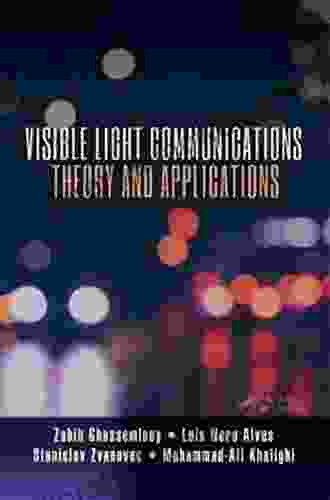
 Beau CarterIlluminating the World of Communications: Visible Light Communications Theory...
Beau CarterIlluminating the World of Communications: Visible Light Communications Theory... Charles DickensFollow ·13.3k
Charles DickensFollow ·13.3k Desmond FosterFollow ·14.1k
Desmond FosterFollow ·14.1k Ed CooperFollow ·7.3k
Ed CooperFollow ·7.3k Jerome BlairFollow ·4.1k
Jerome BlairFollow ·4.1k Haruki MurakamiFollow ·8.7k
Haruki MurakamiFollow ·8.7k Quentin PowellFollow ·14.9k
Quentin PowellFollow ·14.9k Branson CarterFollow ·8.1k
Branson CarterFollow ·8.1k Edward BellFollow ·14.4k
Edward BellFollow ·14.4k

 Richard Adams
Richard AdamsOrpheus In The Marketplace: A Journey of Inspiration and...
In a world that often...

 Miguel de Cervantes
Miguel de CervantesEscape into the Enchanting World of Rodgers and...
Rediscover the Magic with Oxford...

 Javier Bell
Javier BellAm Invincible In The Martial Arts Library: Dive into a...
Unleash the Power Within Embark on an...
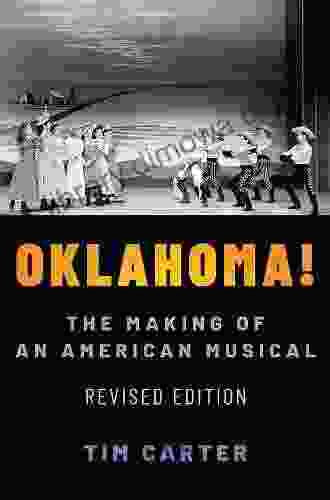
 Eli Blair
Eli BlairThe Making of an American Musical: Broadway Legacies,...
This revised and...
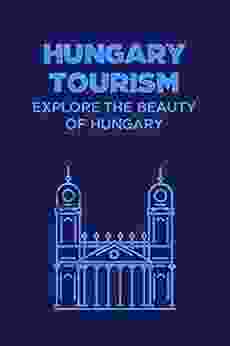
 Jacob Hayes
Jacob HayesExplore The Beauty Of Hungary: A Visual Journey Through a...
Hungary is a land of...
5 out of 5
| Language | : | English |
| Hardcover | : | 274 pages |
| Item Weight | : | 1.19 pounds |
| Dimensions | : | 6 x 0.63 x 9 inches |
| File size | : | 12696 KB |
| Screen Reader | : | Supported |
| Print length | : | 344 pages |


